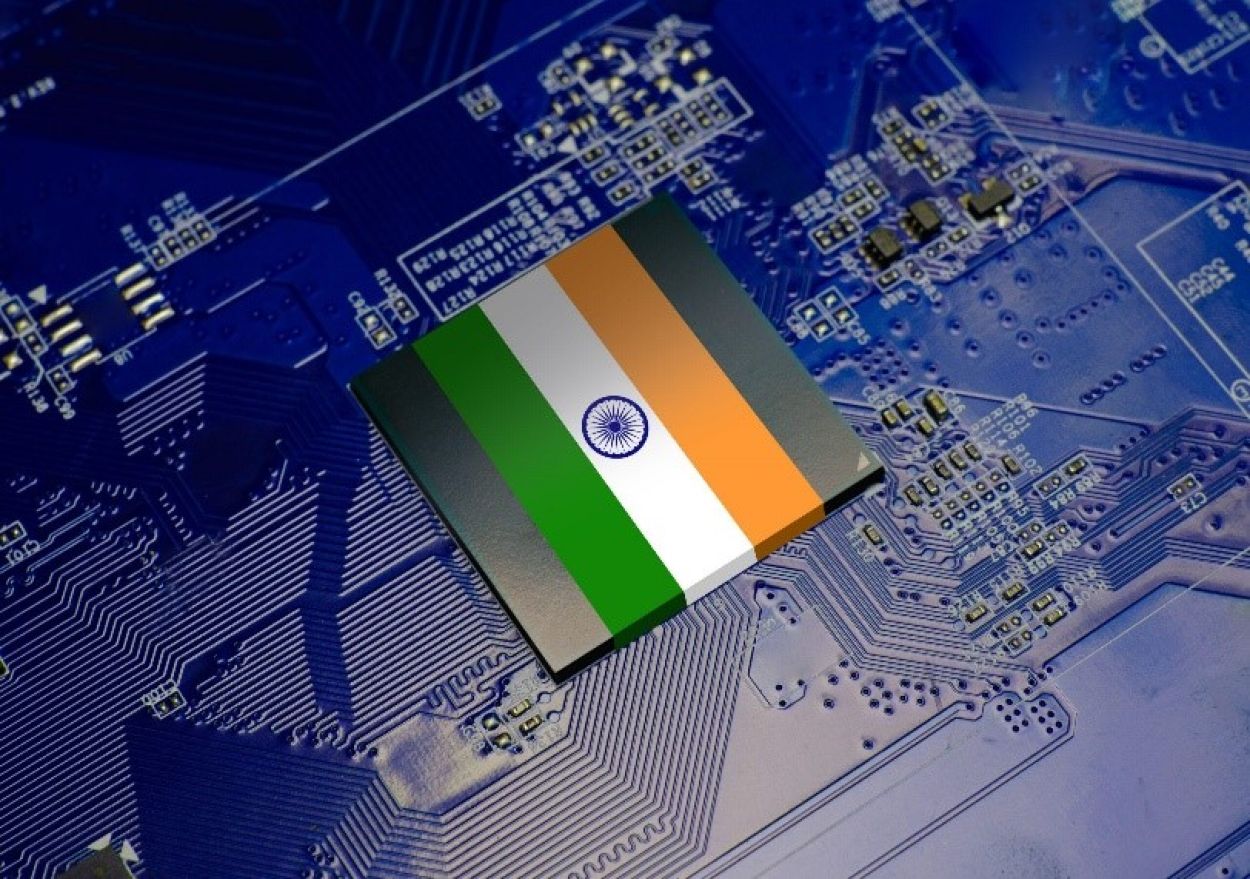Vaishali Basu Sharma
As Prime Minister Narendra Modi laid the foundation stones for three new semiconductor fabrication units (fab) in India, at Dholera and Sanand in Gujarat and Jagiroad in Assam, he announced, “Today, we are creating history while taking a leap towards a bright future. We have inaugurated three major projects for semiconductor manufacturing in India worth around Rs. 1.25 lakh crore. These projects will help India to become a global hub in semiconductor manufacturing.”
In his virtual address at the opening of the chip plants, Modi said that the 21st century is technology-driven and cannot be imagined without electronic chips. He stated that India will soon start commercial production of semiconductors and related products and become a global power in this sector, similar to the technology, nuclear, and digital spaces.
The three semiconductor plants will be established through a combined investment of ₹1.25 lakh crore ($15B). Tata Electronics Private Limited (TEPL) is setting up two of the upcoming plants at Dholera (Gujarat) and Jagiroad (Assam). The company aims to begin commercial production from India’s first semiconductor fabrication unit by 2026.
The semiconductor fabrication facility at Dholera, Gujarat, is being developed in collaboration with Powerchip Semiconductor Manufacturing Corporation (PSMC) of Taiwan. With an investment of up to Rs 91,000 crore, India’s first AI-enabled Fab is poised to generate over 20,000 direct and indirect skilled jobs.
The Tata Semiconductor Assembly and Test (TSAT) proposal to construct a new semiconductor assembly and test facility in Jagiroad, Assam, which involves an investment of ₹27,000 crore ($3.5B), will start production by late 2025 or early 2026, serving a variety of sectors, including automotive, power, electronics, consumer, and medical.
The facility, which will have the capability to produce multiple chips starting from 28 nanometres, with plans for future advancements to 22 nm, with a daily capacity of 48 million chips, is anticipated to create more than 27,000 jobs, both directly and indirectly, in the region.
In Sanand, Gujarat, Murugappa Group-owned CG Power has partnered with Japan’s Renesas Electronics and Thailand’s Stars Microelectronics for a ₹7,600 crore (or $222 million) semiconductor facility as part of India’s chip push.
The proposed plant in Sanand is anticipated to have a daily capacity of 15 million chips. Renesas, a leading semiconductor company headquartered in Japan, will provide advanced semiconductor technology and expertise. Stars Microelectronics will provide both technology for legacy packages and training and enablement.
With an investment of Rs 5,000 crore (including Rs 1,000 crore working capital), Kaynes SemiCon’s outsourced semiconductor assembly and testing (OSAT) unit has shifted from Telangana to Sanand. American chip maker Micron and Murugappa group’s CG Power are also putting up chip assembly, test, marking, and packaging (ATMP) units. India is separately examining a $11.5 billion semiconductor fab project by Israel’s Tower Semiconductor.
As global value chains reshuffle amidst a push for increased diversification, resilience, and security, India has become an increasingly competitive global player in advanced technology industries. For example, India could account for as much as one-quarter of iPhone production by 2030, and it recently entered the semiconductor assembly, test, and packaging field with a groundbreaking investment by Micron, building on the country’s long-standing strengths in semiconductor design.
Rajeev Chandrashekhar, minister of state for electronics and information technology believes that India’s semiconductor manufacturing capacity is expected to touch 1.8 lakh wafers per month soon, considering the current project proposals.
How does its business and regulatory environment compare to other nations vying for competitive advantage in global semiconductor value chains? Every country today is looking at where they can fit in the chip ecosystem because right now there’s not a single country in the world that is anywhere close to having a self-sufficient supply chain domestically.
Everyone is reliant on someone else, and so for countries and for companies, the challenge is to find the niche where they have a comparative advantage and where they can compete.
Most other major economies around the world are trying to build up their own semiconductor industries, and so when governments and companies think about where to insert themselves and where to focus, they’ve got to look at the entire competitive landscape and ask where their competitive advantages actually lie.
For India, which is trying to build up its semiconductor ecosystem, taking the major players head-on is a very big challenge because they’re so well established and have resources on their side, but the design expertise is something that India has a lot of opportunity to leverage. The challenge for every country is to find the part of the supply chain where their comparative advantage lies.
India has a chance of succeeding in its effort to join this ecosystem. Right now, India has a large number of semiconductor design experts. It remains to be seen if that design ecosystem will be further developed. Or will India play a bigger role in other segments of the supply chain, like manufacturing or assembly?
There’s competition in every step of the supply chain. For instance, at present, Fabrication or manufacturing (front- and back-end) is concentrated in Taiwan, China, and South Korea. The US dominates design, EDA, and core IP, following the ‘fabless’ (outsourcing fabrication) model where design and IP work are done by a company, but fabrication is outsourced.
The rest of the activities, mainly assembly, testing, and packaging, unlike design and manufacturing, lie at the bottom of the semiconductor value chain. They are considered relatively less skill—and capital-intensive and are concentrated in Asia, with China having the largest share.
In fact, China has made a concerted effort over several years to create space for itself in this ecosystem, investing billions of dollars. Measured in terms of the metrics that Chinese leaders are looking at, which is the share of chips that China produces domestically, they are making progress.

However, China is still reliant on importing high-end chips from Taiwan, South Korea, Japan, and the US. Compared to ten years ago, China now imports less as a share of its overall chip consumption.
According to the Chief Executive of US chip giant Qualcomm Inc., India can play a key role in building a resilient global electronics supply chain. India has an opportunity to create large companies that serve both the domestic and global markets in areas such as semiconductor packaging and manufacturing.
With big Productivity-Linked Incentives (PLI) for chip manufacturing, India is trying to emerge as a chip manufacturer, which is a highly capital-intensive activity. Because chips are used in all things electronic, from debit cards to mobile phones, washing machines to aircraft, and missiles to space rockets, dependence on other countries, especially China, may jeopardize India’s security.
This makes chip manufacturing strategically important for India. However, this will require lots of investment and an elaborate local ecosystem. But by establishing design, fabrication, and OSAT facilities, India is certainly edging closer to transforming into a global semiconductor hub, driving innovation and economic growth, and securing its technological sovereignty.
- Vaishali Basu Sharma is a strategic and economic affairs analyst. She was a consultant with India’s National Security Council Secretariat (NSCS) for nearly a decade.
- The author can be reached at postvaishali (at) gmail (dot) com.




